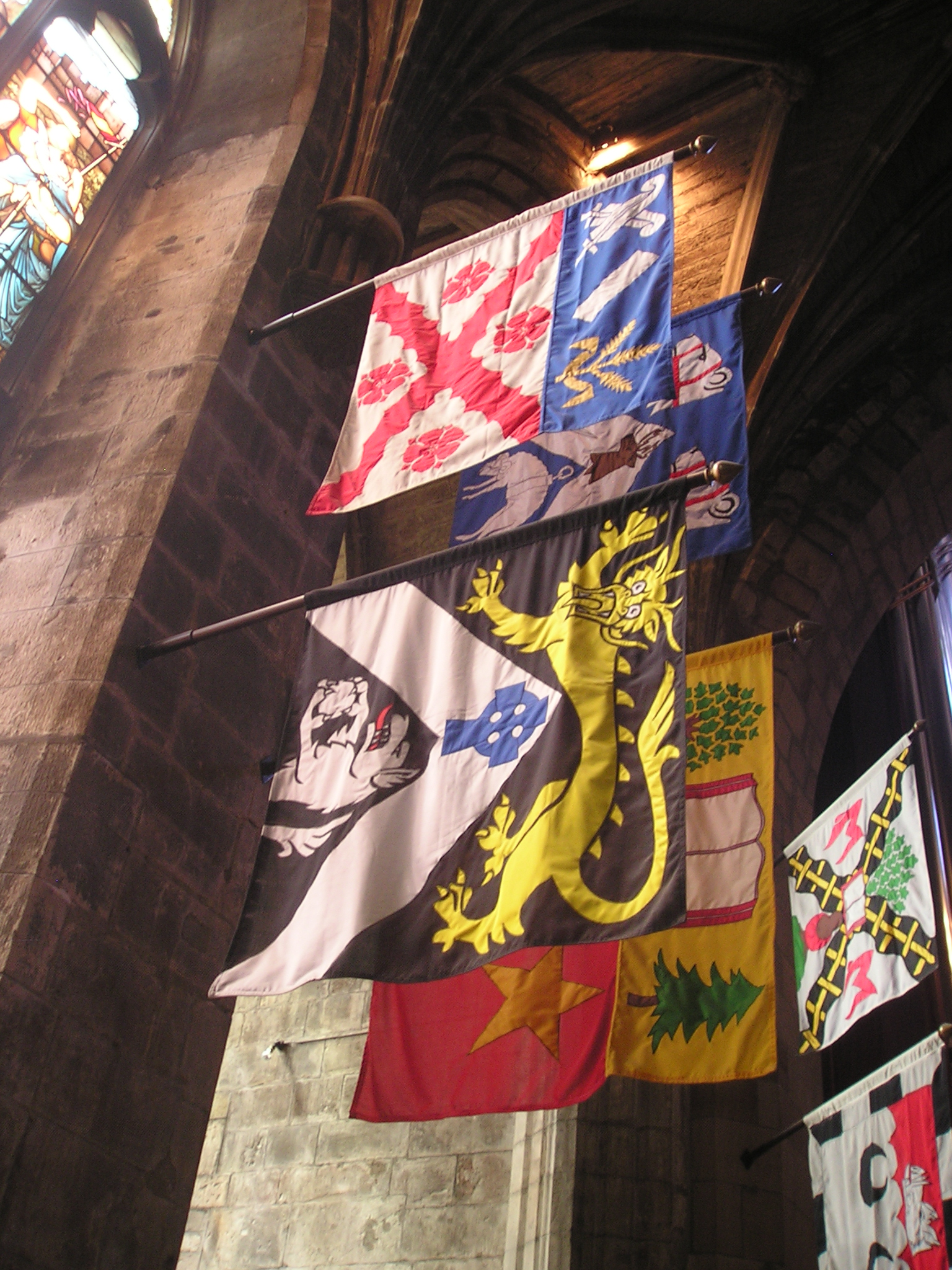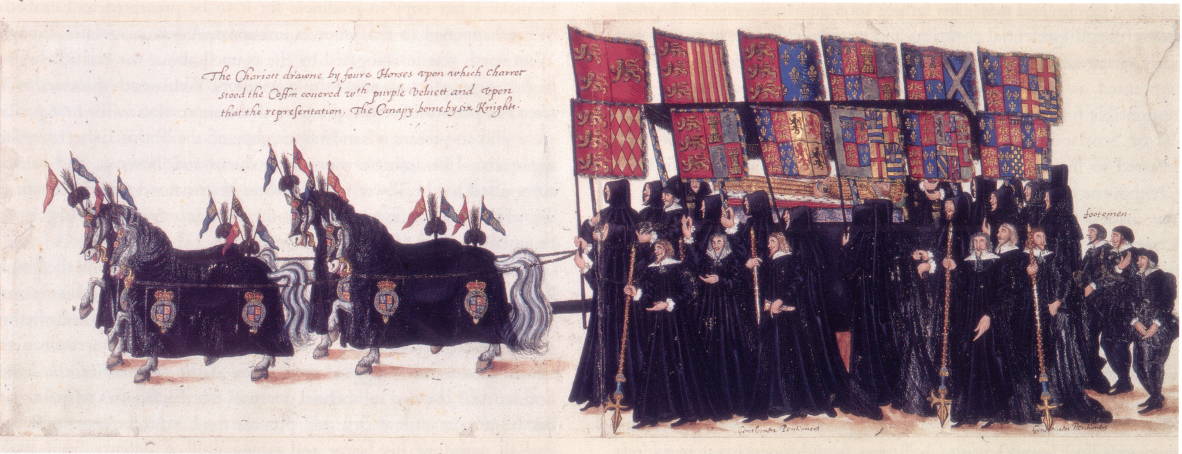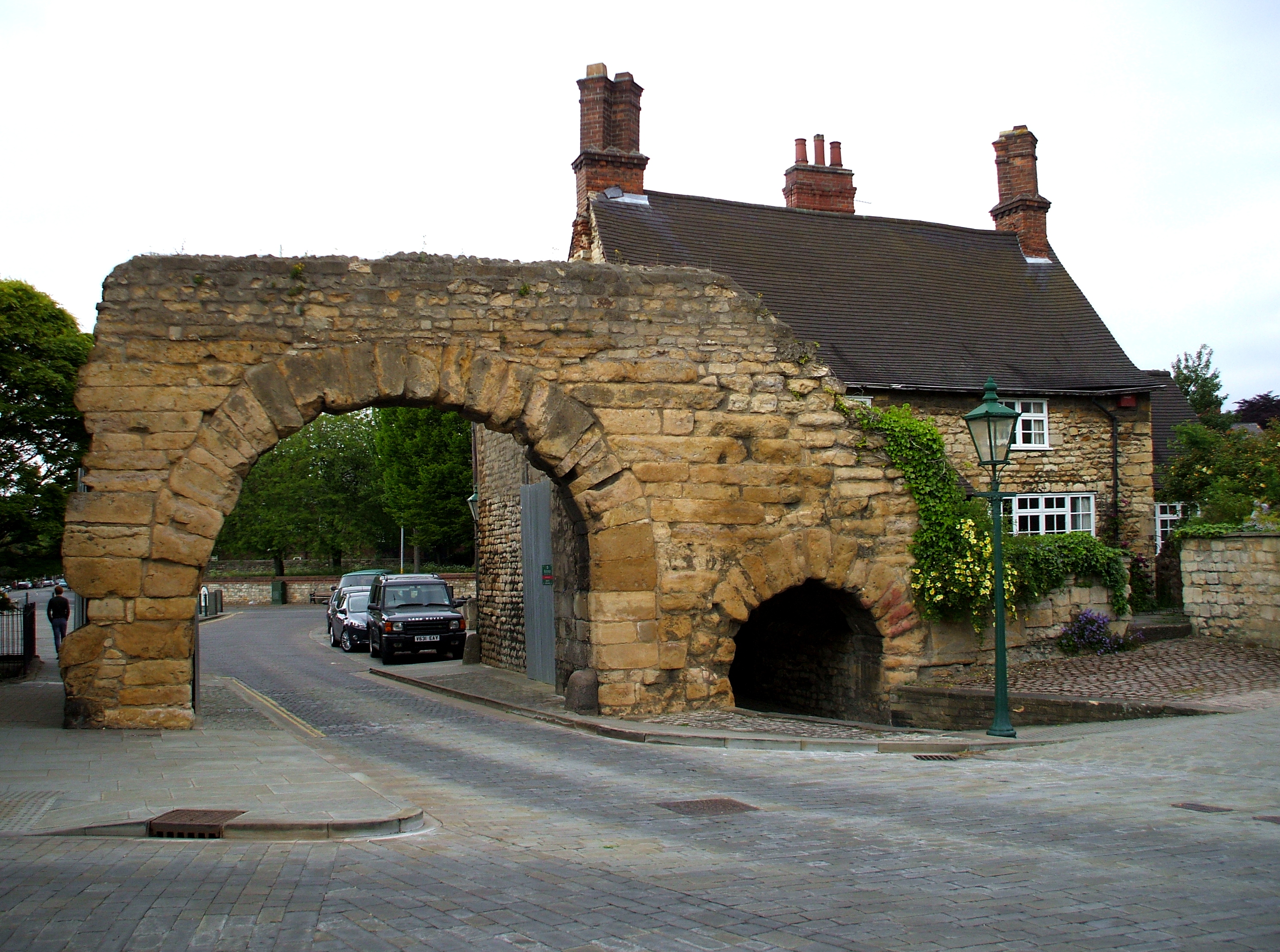|
Banners
A banner can be a flag or another piece of cloth bearing a symbol, logo, slogan or another message. A flag whose design is the same as the shield in a coat of arms (but usually in a square or rectangular shape) is called a banner of arms. Also, a bar-shaped piece of non-cloth advertising material sporting a name, slogan, or other marketing message is also a banner. Banner-making is an ancient craft. Church banners commonly portray the saint to whom the church is dedicated. The word derives from Old French ''baniere'' (modern ), from Late Latin ''bandum'', which was borrowed from a Germanic source (compare ). Cognates include Italian language">Italian ''bandiera'', Portuguese ''bandeira'', and Spanish language">Spanish ''bandera''. Vexillum The vexillum was a flag-like object used as a military standard by units in the Ancient Roman army. The word ''vexillum'' itself is a diminutive of the Latin ''velum'', meaning a sail, which confirms the historical evidence (from coins ... [...More Info...] [...Related Items...] OR: [Wikipedia] [Google] [Baidu] |
Heraldic Standard
In heraldry and vexillology, a heraldic flag is a flag containing coats of arms, heraldic badges, or other devices used for personal identification. Heraldic flags include banners, standards, pennons and their variants, gonfalons, guidons, and pinsels. Specifications governing heraldic flags vary from country to country, and have varied over time. Types Pennon The pennon is a small elongated flag, either pointed or swallow-tailed (when swallow-tailed it may be described as a banderole). It was charged with the heraldic badge or some other armorial ensign of the owner, and displayed on his own lance, as a personal ensign. The ''pennoncelle'' was a modification of the pennon. In contemporary Scots usage, the pennon is 120 cm (four feet) in length. It tapers either to a point or to a rounded end as the owner chooses. It is assigned by the Lord Lyon King of Arms to any armiger who wishes to apply for it. Banner The banner of arms (also simply called ''banner'') is squar ... [...More Info...] [...Related Items...] OR: [Wikipedia] [Google] [Baidu] |
Royal Standard Of The United Kingdom
The royal standard of the United Kingdom is the banner of arms of the monarch of the United Kingdom, currently Charles III. It consists of the monarch's coat of arms in flag form, and is made up of four quarters containing the arms of the former kingdoms of England, Ireland, and Scotland. There are two versions of the banner, one used in Scotland in which the Scottish quarters take precedence, and one used elsewhere in which the English quarters take precedence. The banner is flown to signify the presence of the monarch. It may be flown when they are present at one of their residences, from the car, ship, or aeroplane they are travelling in, and from any building they are visiting. The banner is never flown at half-mast, as a symbol of the continuity of the monarchy, and also as there is always a sovereign on the throne. Although almost universally called a standard, in heraldic terminology the flag is a banner of arms, as it is a coat of arms in flag form; standards are more ... [...More Info...] [...Related Items...] OR: [Wikipedia] [Google] [Baidu] |
Banner-making
Banner-making is the ancient art or craft of sewing banners. Techniques used include applique, embroidery, fabric painting, patchwork and others. Trade union banners In the United Kingdom, the first of these banners were sometimes painted by local signwriters, coachpainters or decorators. More often than not, they were made by a member of the local branch who was considered to be artistic. However, from 1837 onwards, more than three quarters were made by the firm of George Tutill of Chesham in Buckinghamshire. All their banners were made from pure silk woven by Huguenots in London. At the height of banner production there were said to be 17,000 looms in operation. The silk was stretched taut over a wooden frame and coated with India rubber, and the Oil paint, oil colours applied to it were 'old', i.e. had been standing around for a while. This allowed the paint to dry quickly and to make it more pliant or elastic. There were many designs from the Bible (e.g. David slaying Golia ... [...More Info...] [...Related Items...] OR: [Wikipedia] [Google] [Baidu] |
Banner Of Arms
A banner of arms is a type of heraldic flag, characterised by sharing its imagery with that of the coat of arms (''i.e.'' the shield of a full heraldic achievement, rendered in a square or rectangular shape of the flag). The term is derived from the terminology of heraldry but mostly used in vexillology. Examples of modern national flags which are banners of arms are the flags of Austria, Iraq, and Switzerland. The banner of arms is sometimes simply called a banner A banner can be a flag or another piece of cloth bearing a symbol, logo, slogan or another message. A flag whose design is the same as the shield in a coat of arms (but usually in a square or rectangular shape) is called a banner of arms. Also, ..., but a banner is in a more strict sense a one of a kind personal flag of a nobleman held in battle. Examples National / state flags Provincial flags County flags City flags Organization flags Notes References External links * {{Heraldry Types ... [...More Info...] [...Related Items...] OR: [Wikipedia] [Google] [Baidu] |
Flag
A flag is a piece of textile, fabric (most often rectangular) with distinctive colours and design. It is used as a symbol, a signalling device, or for decoration. The term ''flag'' is also used to refer to the graphic design employed, and flags have evolved into a general tool for rudimentary signalling and identification, especially in environments where communication is challenging (such as the Maritime flag, maritime environment, where Flag semaphore, semaphore is used). Many flags fall into groups of similar designs called flag families. The study of flags is known as "vexillology" from the Latin , meaning "flag" or "banner". National flags are patriotic symbols with widely varied interpretations that often include strong military associations because of their original and ongoing use for that purpose. Flags are also used in messaging, advertising, or for decorative purposes. Some military units are called "flags" after their use of flags. A ''flag'' (Arabic: ) is equival ... [...More Info...] [...Related Items...] OR: [Wikipedia] [Google] [Baidu] |
Old Testament
The Old Testament (OT) is the first division of the Christian biblical canon, which is based primarily upon the 24 books of the Hebrew Bible, or Tanakh, a collection of ancient religious Hebrew and occasionally Aramaic writings by the Israelites. The second division of Christian Bibles is the New Testament, written in Koine Greek. The Old Testament consists of many distinct books by various authors produced over a period of centuries. Christians traditionally divide the Old Testament into four sections: the first five books or Pentateuch (which corresponds to the Jewish Torah); the history books telling the history of the Israelites, from their conquest of Canaan to their defeat and exile in Babylon; the poetic and wisdom literature, which explore themes of human experience, morality, and divine justice; and the books of the biblical prophets, warning of the consequences of turning away from God. The Old Testament canon differs among Christian denominations. The Ea ... [...More Info...] [...Related Items...] OR: [Wikipedia] [Google] [Baidu] |
Sanctus Gummarus Lyrmensis 04
The ''Sanctus'' (, "Holy") is a hymn in Christianity, Christian liturgy. It may also be called the ''epinikios hymnos'' (, "Hymn of Victory") when referring to the Greek rendition and parts of it are sometimes called "Benedictus". ''Tersanctus'' (Latin: "Thrice Holy") is another, rarer name for the Sanctus. The same name is sometimes used for the ''Trisagion''. In Western Christianity, the ''Sanctus'' forms part of the Ordinary (liturgy), Ordinary and is sung (or said) as the final words of the Preface (Liturgy), Preface of the Eucharistic Prayer of remembrance, consecration, and praise. The preface, which alters according to the Liturgical year, season, usually concludes with words describing the praise of the worshippers joining with the angels, who are pictured as praising God with the words of the ''Sanctus''. In the Byzantine Rite and general Eastern Orthodox Christianity, the ''Sanctus'' is offered as a response by the choir during the Anaphora (liturgy), Holy Anaphora. T ... [...More Info...] [...Related Items...] OR: [Wikipedia] [Google] [Baidu] |
British Broadcasting Corporation
The British Broadcasting Corporation (BBC) is a British public broadcasting, public service broadcaster headquartered at Broadcasting House in London, England. Originally established in 1922 as the British Broadcasting Company, it evolved into its current state with its current name on New Year's Day 1927. The oldest and largest local and global broadcaster by stature and by number of employees, the BBC employs over 21,000 staff in total, of whom approximately 17,200 are in public-sector broadcasting. The BBC was established under a Royal charter#United Kingdom, royal charter, and operates under an agreement with the Secretary of State for Culture, Media and Sport. Its work is funded principally by an annual Television licensing in the United Kingdom, television licence fee which is charged to all British households, companies, and organisations using any type of equipment to receive or record live television broadcasts or to use the BBC's streaming service, BBC iPlayer, iPla ... [...More Info...] [...Related Items...] OR: [Wikipedia] [Google] [Baidu] |
Lincoln, England
Lincoln () is a cathedral city and non-metropolitan district, district in Lincolnshire, England, of which it is the county town. In the 2021 Census, the city's district had a population of 103,813. The 2021 census gave the Lincoln Urban Area, urban area of Lincoln, including Bracebridge Heath, North Hykeham, South Hykeham and Waddington, Lincolnshire, Waddington, a recorded population of 127,540. Roman Britain, Roman ''Lindum Colonia'' developed from an Iron Age settlement of Celtic Britons, Britons on the River Witham, near the Fosse Way road. Over time its name was shortened to Lincoln, after successive settlements, including by Anglo-Saxons and Danes (tribe), Danes. Landmarks include Lincoln Cathedral (English Gothic architecture; for over 200 years the world's tallest building) and the 11th-century Norman architecture, Norman Lincoln Castle. The city hosts the University of Lincoln, Bishop Grosseteste University, Lincoln City F.C. and Lincoln United F.C. Lincoln is the large ... [...More Info...] [...Related Items...] OR: [Wikipedia] [Google] [Baidu] |




